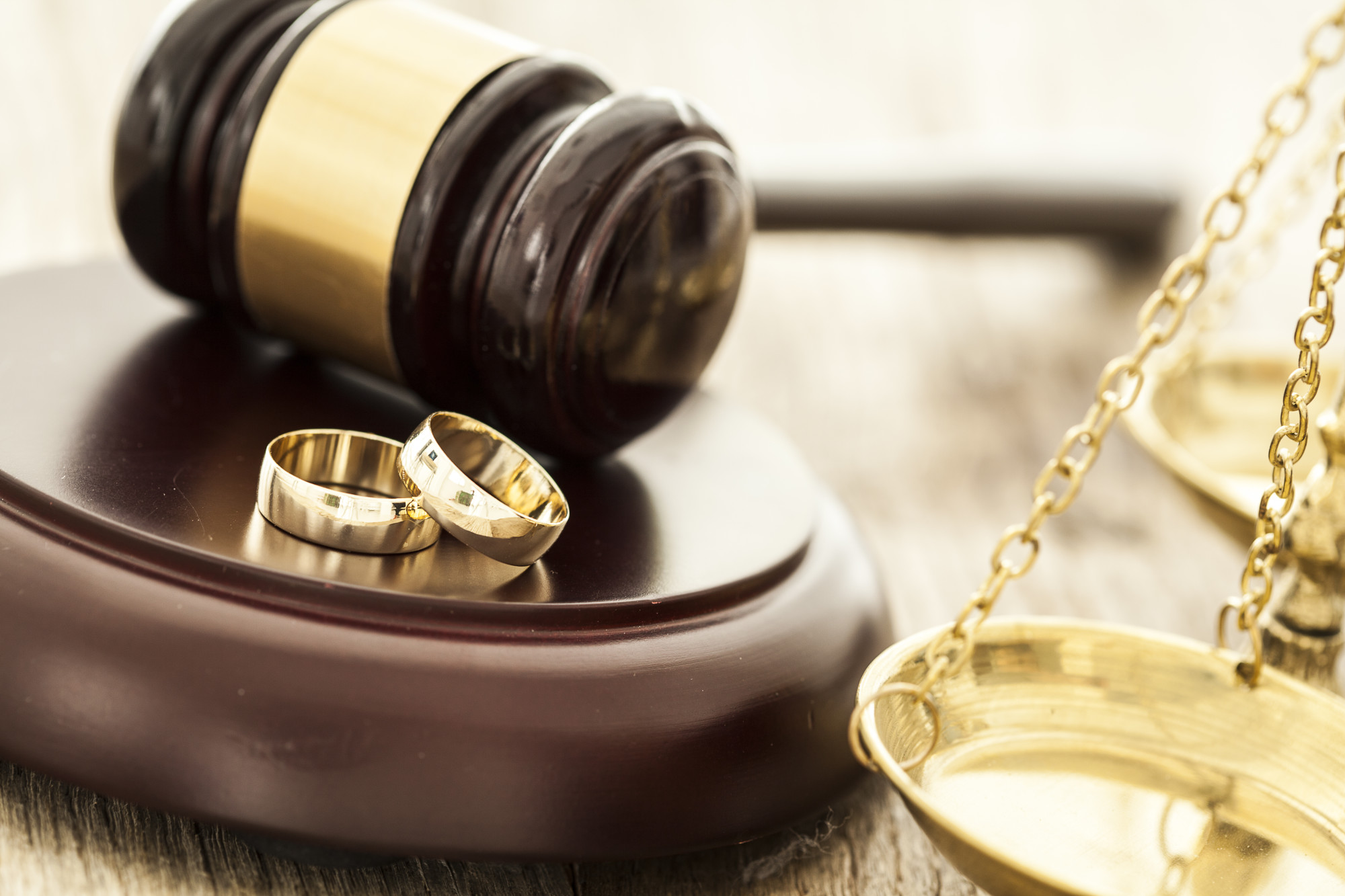17th Jun 2021
The Top Trial Preparation Tips for Paralegals & Legal Assistants

Effective, organized trial preparation is key for a successful legal proceeding. Check out our guide for the essential tips and best practices for paralegals.
Trials are true tests of lawyers. Only two percent of federal criminal cases in 2018 went to trial. Yet 83 percent of those trials resulted in a conviction.
One reason for this high rate is trial preparation. Paralegals and lawyers spend a long time finding evidence and organizing it for trial.
What are some essential paralegal organizational tips? What matters in an exhibit? What should a paralegal know before walking into a courtroom?
Answer these questions and you can get your desired outcome in a trial. Here is your quick guide.
Plan Everything Out
A trial involves a lot of deadlines. You need to make motions and file briefs before certain dates. You have to meet with clients and lawyers in order to plan out a strategy and prepare witnesses.
Make sure you know when you need to prepare everything. Write it down in a notebook. If possible, keep a notebook for each separate proceeding you are involved in.
Many lawyers need their legal assistants to keep track of their calendars. Send out the deadlines and expectations to everyone on your team. When you are approaching a deadline, send out a reminder.
You should make a plan for every brief and document you have to prepare. Decide what should go into it and how it should be organized. Provide a table of contents or outline at the top of everything you write.
If you are ever confused about something, ask a question. It is not a sign of weakness to admit that you don't know what to do. Resolve your uncertainty so you can get your job done.
Do Your Research
You are going to have to read a lot of legal documents. Start by familiarizing yourself with the court that the trial will be at.
Read the local rules and orders from the judge on what to do. You should understand the procedures and points of etiquette that you should follow.
Read about the judge themselves. Find their profile online and get a sense of your experience.
Whenever possible, you or someone on your team should watch trials with the judge. Take notes on what types of arguments they like and how they conduct their courtroom. Note carefully when they get irritated.
You should walk around the courthouse and understand where everything is. See if you can find places nearby like coffee shops where you can meet before or after the day's proceedings.
Whenever you need to do research, use legitimate databases like the Law Library of Congress. Wikipedia is not one of them, though it is okay for refreshing yourself on legal principles. Make sure to link to your sources in the documents you create.
You must follow the rules of discovery. Both sides must exchange information with each other. Be courteous and extend what you know to your opposition.
Get Inside the Mind of the Juror
Exhibits are for the benefit of jurors. They demonstrate things that the jurors need to understand in order to make a decision. Lawyers can explain important facts, but the exhibits must be organized so the jury can understand what is going on with minimal explanation.
Think about what the jury needs to see as you are laying out your diagrams. Keep texts short, but write them in bold font that is easy to read.
Make sure the visuals you use are crisp and well-detailed. If you need to focus on a certain detail, provide a magnified image of it on the exhibit. Organize your visuals from top-down and left-to-right.
Bring your exhibits to a mock trial. Look at your exhibits from a distance and make sure you can see everything.
Ask the lawyers to make a presentation with your materials. If they seem confused, get clarity. Take notes on what they said and give them advice on how to improve their remarks.
Adjust your exhibits so they make sense to the lawyers using them. If a lawyer can't understand what they mean, the jury will not either.
Read over the documents you are providing and see that they are clear to read. If the font is smudged, get a cleaner copy.
Keep Your Exhibits Organized
Discovery documents can be extensive. It is essential that you follow good exhibit organization tips.
Label all of your documents. Use a variety of exhibit labels and stickers. Differentiate between the plaintiff's and the defendant's exhibits.
Write the number of each exhibit on its label. Then describe the document in a couple of words. "Mr. Smith's Will" is enough information so people understand what the document is about.
Then you should organize the different kinds of exhibits you have. Place them into categories and find tab dividers for each one. Put everything in folders for easy access.
Add a table of contents to the start of the folder. Go over what is inside with everyone on your team. The less time you spend flipping through documents at trial, the more credible you will seem to the jury.
Everyone inside the courtroom should have their own folder. Make sure you make enough copies for everybody.
Get Essential Resources for Trial Preparation
Trial preparation is long, for good reason. Trials involve many deadlines. You need to make sure your team can meet each one.
Be extensive with your research. You should know about the judge and the courthouse. Adhere to the rules of discovery.
Organize your exhibits for the jury's benefit. Do a mock trial to make sure they make sense. Keep your exhibits organized with labels and dividers.
Get the tools you need for a long trial. exhibitindexes.com provides premium legal tabs and labels at affordable prices. Browse our products today.




